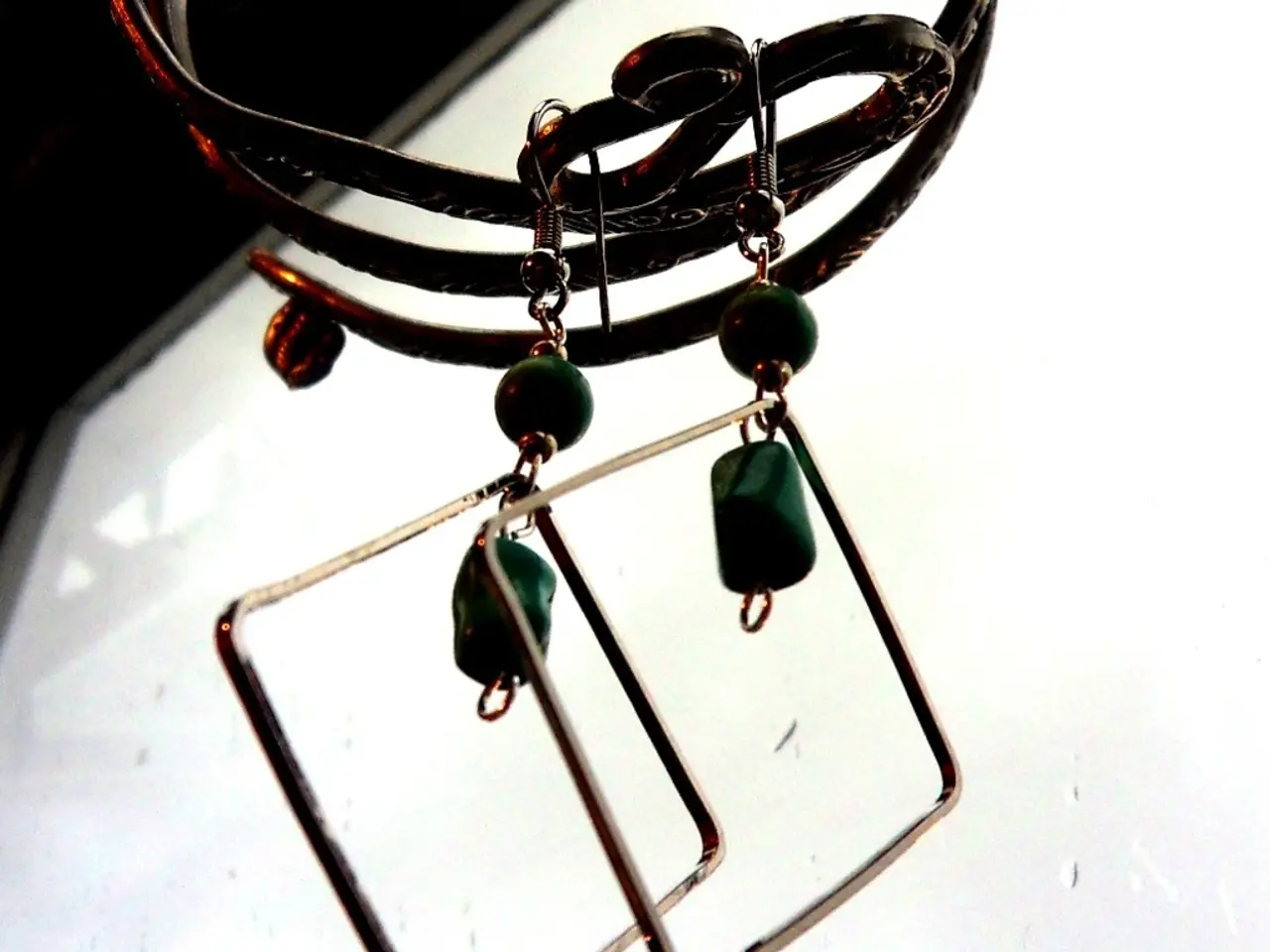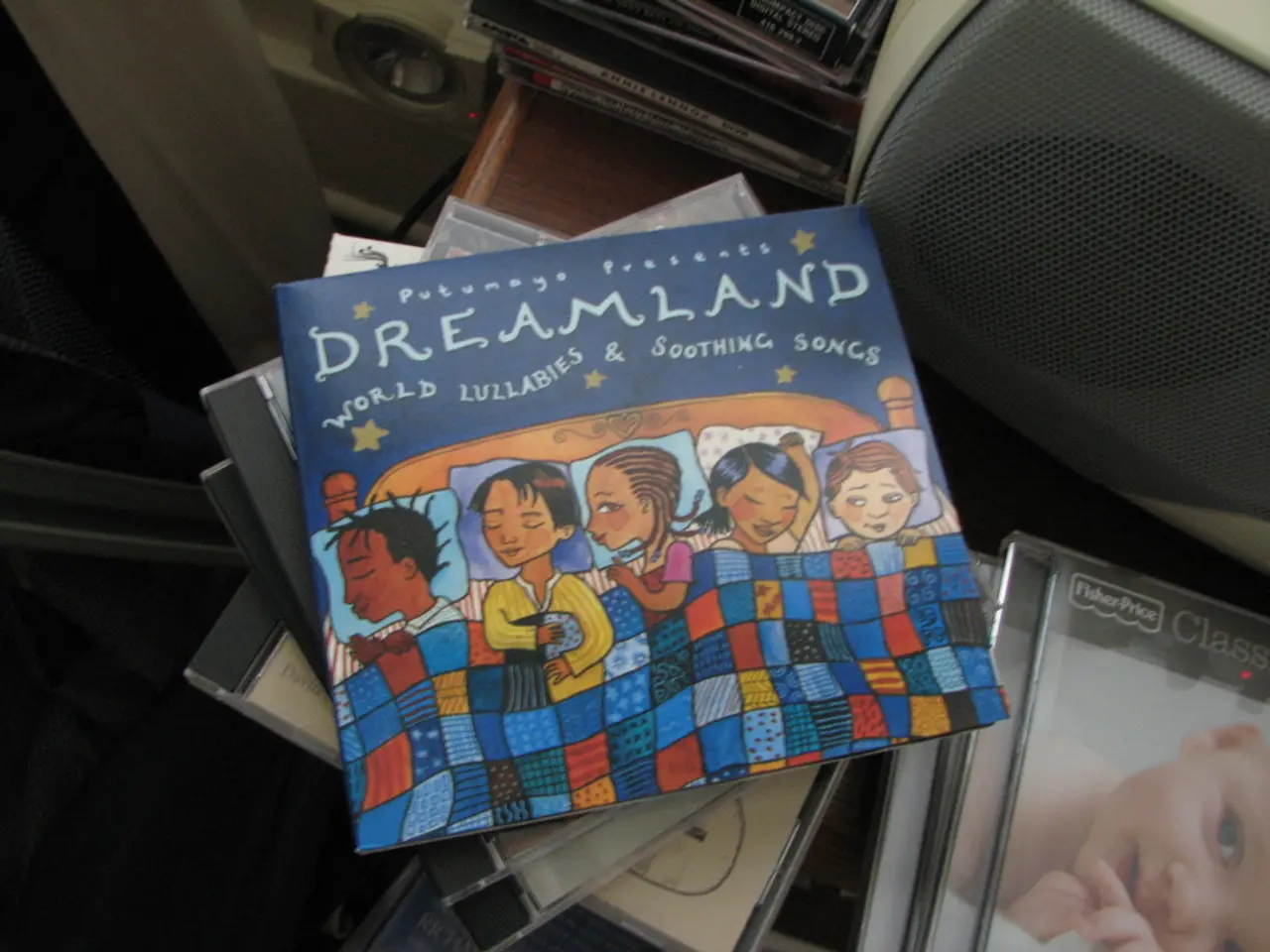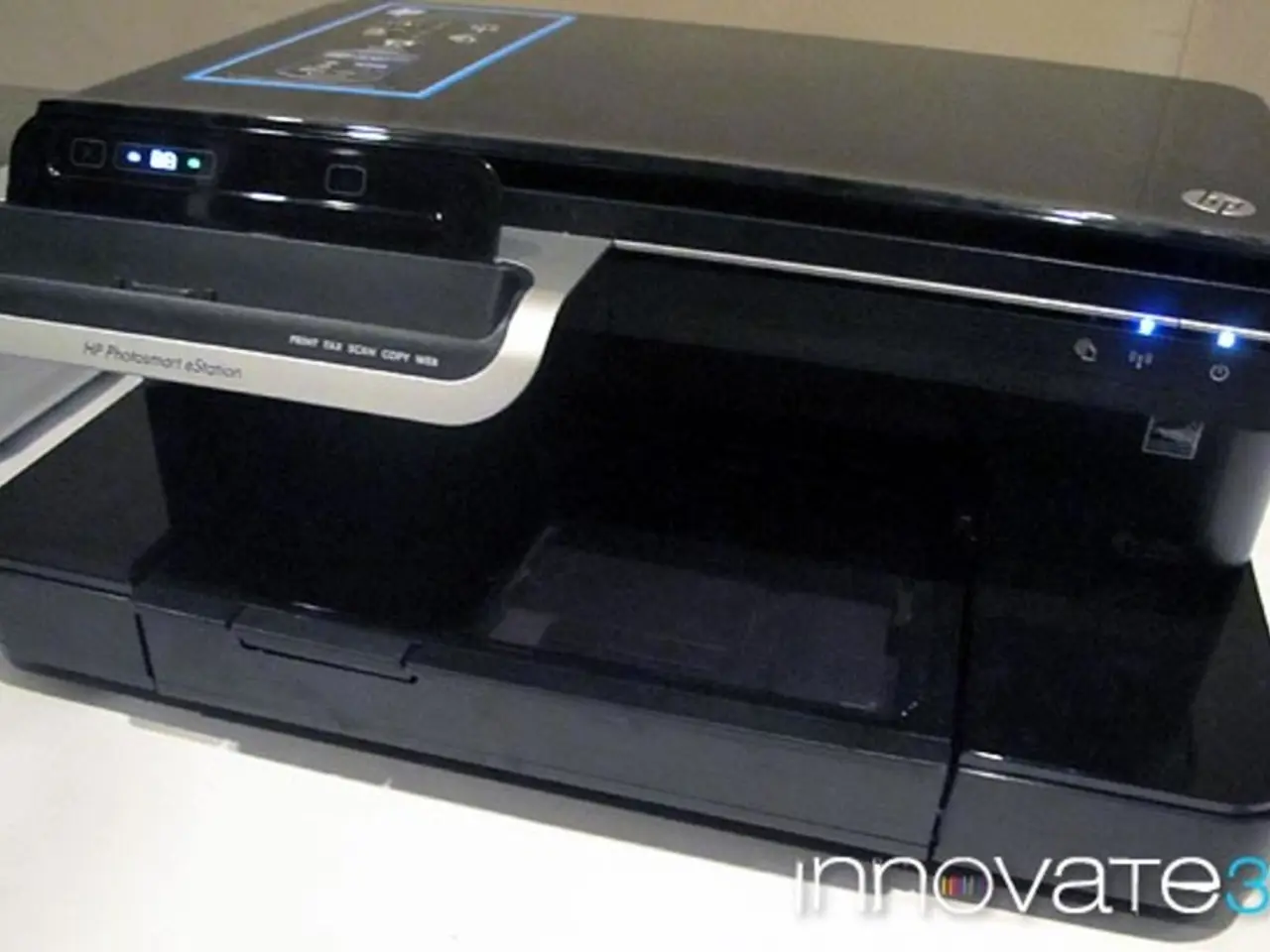Teaching Age-Old Skills to the New: Instilling Royal Craftsmanship in the Youth
In the heart of the Motomachi Plant, a team of skilled technicians, veteran and junior alike, embarked on a meticulous restoration project in the spring of 2022—the first-generation Toyota Crown. The project, rooted in Toyota's tradition of meticulous craftsmanship and manufacturing excellence, aimed to faithfully reproduce and enhance the original decorative parts and lamps, while ensuring durability and quality consistent with modern standards.
The Raw Material Development Division played a pivotal role in this restoration, developing or refining materials specifically for recreating the original components. Shuji Shudo, a materials team leader, oversees the production of interior and exterior parts for the restoration. His team's expertise in a wide range of monozukuri technologies was instrumental in the project's success.
The team faced challenges in procuring necessary parts, particularly those that were rusted or damaged. To address this, Nagato and her peers used advanced fabrication technologies such as NC machining and laser-welding. For plastic lamp parts, Shinji Tanaka had to build molds from scratch due to the lack of detailed design drawings. After repeated trial and error, Tanaka and a younger staff member from the Raw Material Development Division found an acrylic material that produced satisfactory results.
Restoring the badly rusted body required the mastery of highly skilled craftspeople and a new metalworking technique known as incremental forming. To solve the problems with zinc alloy parts, Motoki's guidance was sought, and the team refined the plan for how metal is poured into the sand mold and the cooling method.
The team's commitment to quality was evident in their pursuit of a "better-than-new" quality for the restored Crown. For instance, Naomichi Terada, a die casting (metal casting) expert at the Raw Material Development Division, was consulted about using casting to make key engine parts. The division also utilised the latest casting mold 3D printers to create molds for parts. However, for some parts, no drawings remain, and the team must translate 2D drawings into 3D design data for each component and ultimately its mold.
The original Crown boasted many decorative parts made of steel, such as the bumper, front grille, and interior trim. These were carefully restored to match the original design, with the team's dedication to preserving the historical integrity of the first-generation Crown while benefiting from modern material advances.
This collaborative effort at the Motomachi Plant showcases Toyota's dedication to preserving its heritage through innovative manufacturing practices. The project serves as a testament to the blend of traditional Takumi craftsmanship and cutting-edge technology, a hallmark of Toyota's monozukuri spirit.
- Shuji Shudo's team, with their expertise in various monozukuri technologies, played a crucial role in the restoration project, producing interior and exterior parts for the first-generation Toyota Crown, demonstrating a combination of traditional craftsmanship and modern manufacturing industry in the heart of the Motomachi Plant.
- In order to restore the original decorative parts made of steel, such as the bumper, front grille, and interior trim, the team utilized advanced technology like 3D printers for creating molds, bridging the gap between the historical integrity of the first-generation Crown and modern material advancements in finance and technology, reflecting Toyota's monozukuri spirit.




